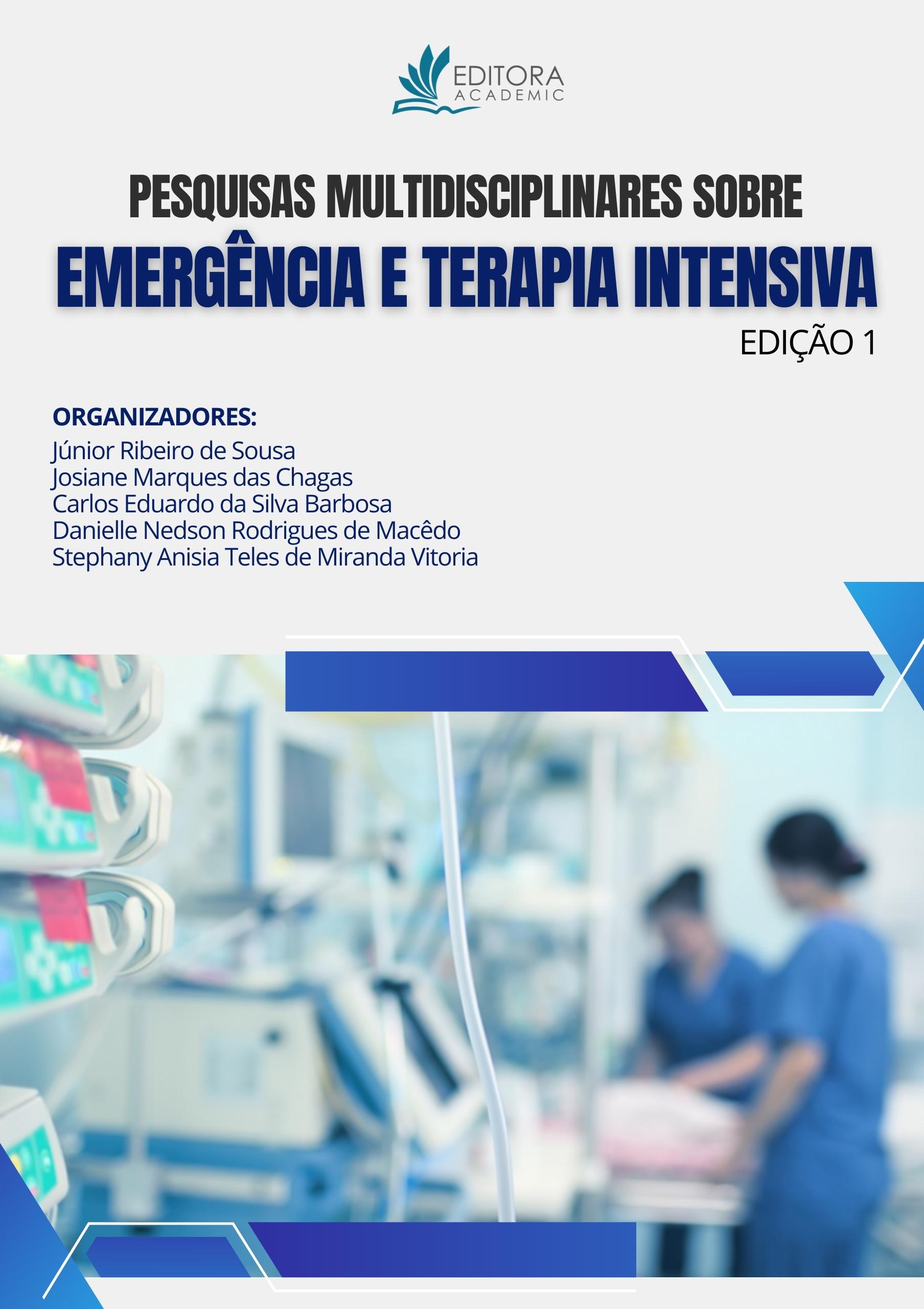
Objetivo: relatar a experiência da aplicação do processo de enfermagem à gestante com pielonefrite de acordo com a teoria das Necessidades Humanas Básicas de Wanda Horta. Metodologia: trata-se de um relato de experiência, de caráter exploratório e de abordagem qualitativa. A experiência ocorreu no teórico prático em um hospital no interior da Paraíba. Para sustentar o conteúdo foi realizada busca na Biblioteca Virtual de Saúde e nas bases de dados LILACS, SciELO e BDENF. Os diagnósticos foram definidos utilizando a taxonomia da NANDA I (Nursing American North Diagnosis Association), os resultados esperados pela NOC (Nursing Outcomes Classification) e as intervenções de acordo com o NIC (Nursing Interventions Classification). Resultados e Discussão: foram identificados 5 diagnósticos: Eliminação e troca - função urinária e função gastrointestinal; Atividade/repouso - atividade/exercício; Conforto - conforto físico e infecção. Através da utilização do NOC e NIC, foram traçados os resultados e as intervenções que deveriam ser realizadas. A terapêutica da paciente foi modificada durante o tratamento, uma vez que houve a substituição dos antibióticos por outros medicamentos mais potentes (pois o uso dos antibióticos não obtiveram êxito no combate à infeção). Na análise dos exames laboratoriais foi possível perceber anemia e infecção. Exames complementares como USG e TC de abdome concluíram o diagnóstico de pielonefrite. Considerações Finais: fica evidente que as gestantes possuem predisposição para o desenvolvimento da ITU, e esse tipo de infecção pode desencadear uma série de complicações para o binômio, que se não identificadas e manejadas da forma adequada, podem resultar em aborto espontâneo e morte fetal. Por isso existe a necessidade de haver mais conhecimento por parte dos profissionais para poder identificar mais precocemente os sinais e sintomas dessa patologia e adotar as condutas necessárias, levando sempre em consideração a singularidade e complexidade de cada caso.